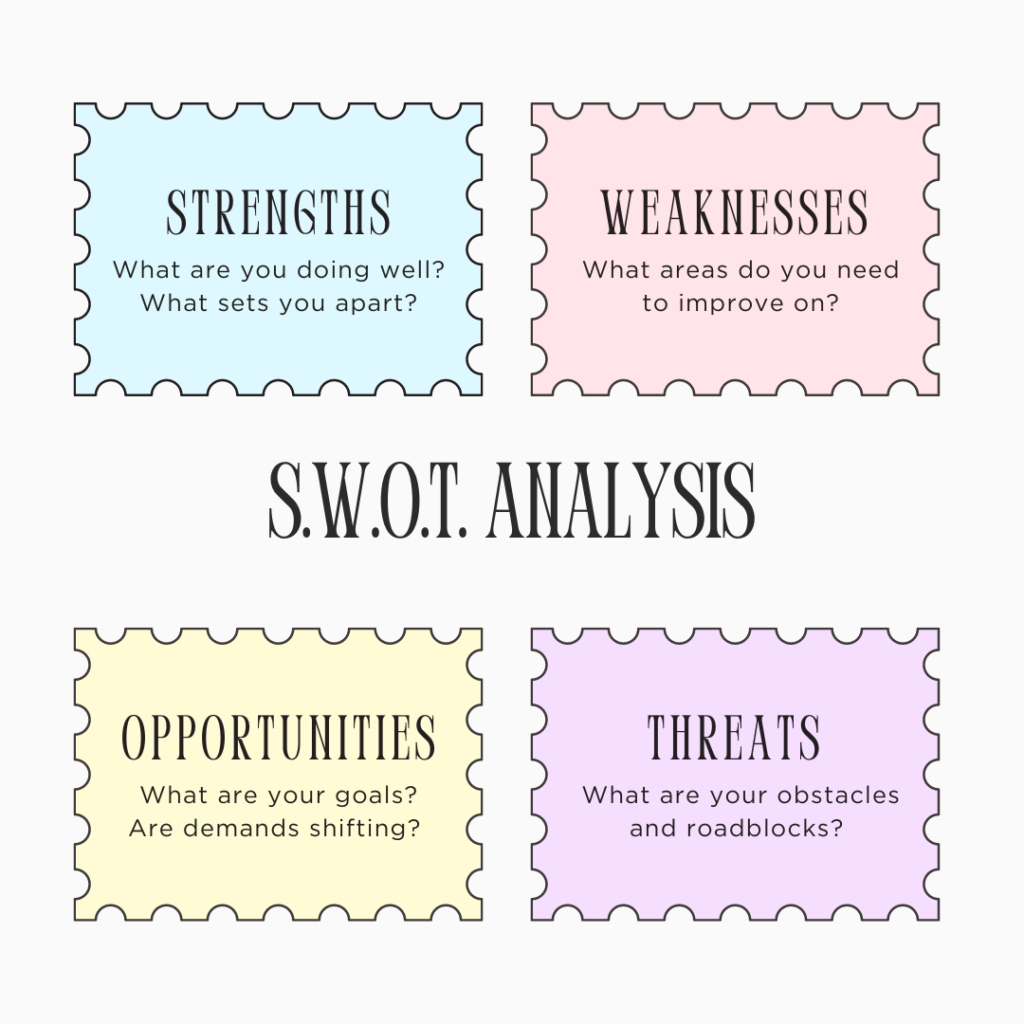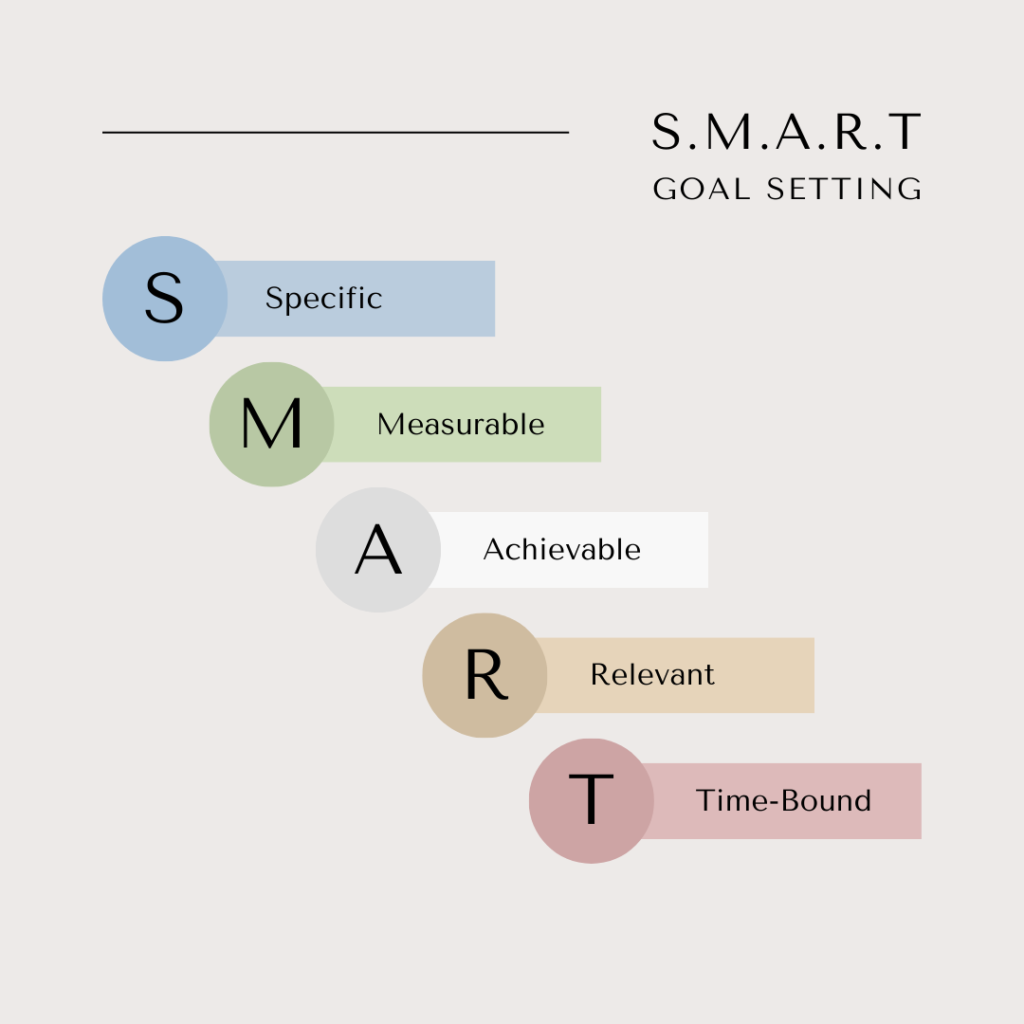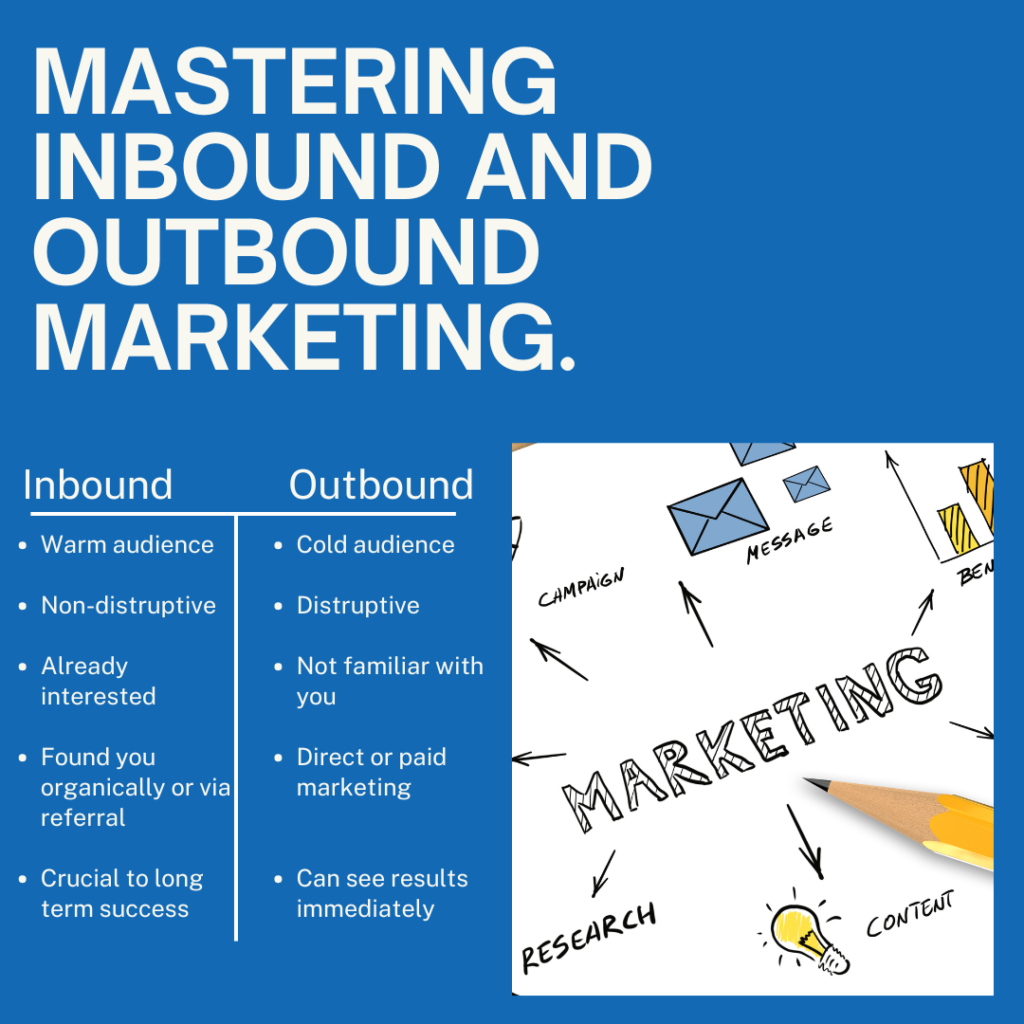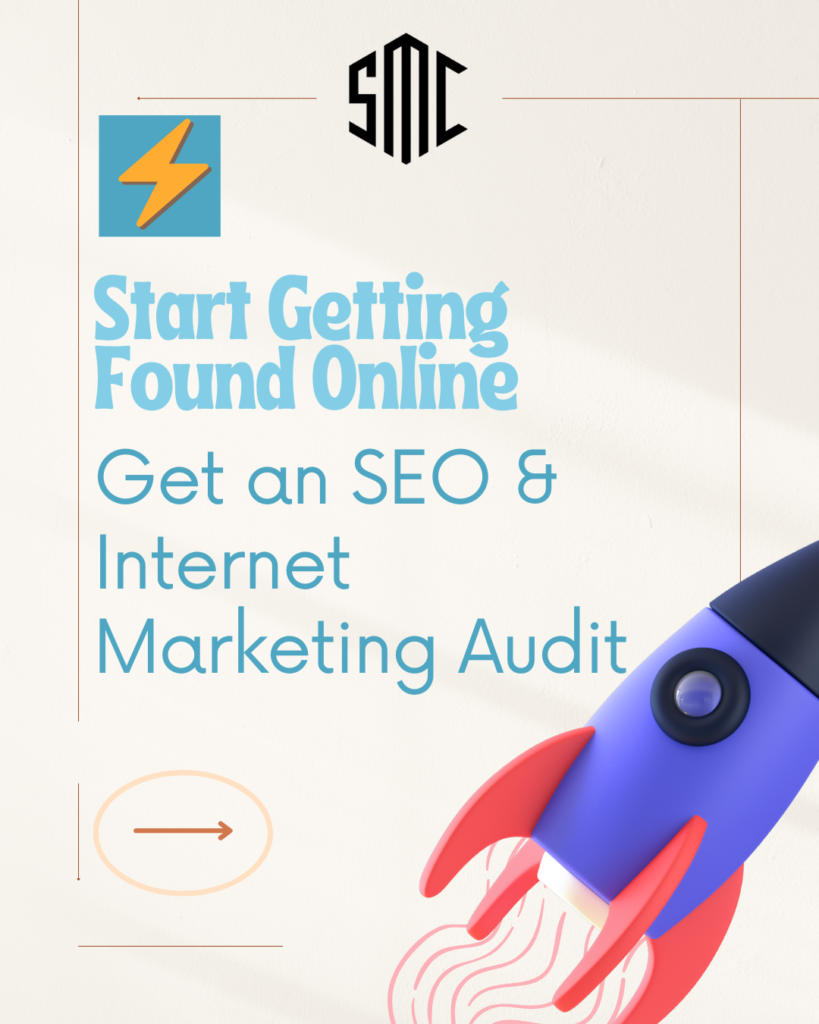If you are a complete beginner and need to learn about marketing, don’t fret. This will be your go-to guide for creating a marketing plan that you can implement tomorrow. In today’s competitive business environment, having a well-thought-out marketing plan is essential for attracting and retaining customers.
What is a marketing plan?
A marketing plan is a strategic document that outlines your business’s marketing goals and the actions you will take to achieve them. It includes detailed information on your target audience, marketing objectives, strategies, tactics, and metrics to measure success. It serves as a roadmap for your marketing efforts, guiding you on how to reach your potential customers, engage with them, and convert them into loyal buyers. A well-crafted marketing plan considers various elements such as market research, competitive analysis, budget allocation, and performance tracking, ensuring that all marketing activities are aligned with your overall business goals.
What should a marketing plan do?
A marketing plan should provide a clear, actionable framework for promoting your products or services. It should start with a comprehensive market environment analysis, including a SWOT analysis, to identify your strengths, weaknesses, opportunities, and threats. Based on this analysis, the plan should set specific, measurable, achievable, relevant, and time-bound (SMART) goals. It should outline your marketing strategies and tactics to reach these goals, such as content marketing, social media campaigns, email marketing, and paid advertising. Additionally, a marketing plan should define the key performance indicators (KPIs) used to monitor progress and measure success, allowing you to make data-driven adjustments as needed.
“Advertising brings in the customers, but it is your job to keep them buying from you.”
– Chet Holmes
Why a marketing plan is important?
Having a marketing plan is crucial for several reasons. Firstly, it provides direction and focus, ensuring that all marketing efforts are aligned with your business objectives and are strategically targeted. This alignment helps in effectively allocating resources, such as time and budget, to the most impactful activities. Secondly, a marketing plan lets you stay organized and on track, reducing the likelihood of haphazard and inconsistent marketing efforts. It also allows you to anticipate and respond to market changes more effectively, enhancing your ability to seize opportunities and mitigate risks. Finally, by setting clear goals and metrics, a marketing plan allows you to measure your progress and success, making it easier to justify marketing expenditures and demonstrate the value of your marketing efforts to investors and stakeholders.
Assess Your Current Marketing Strengths, Weaknesses, Opportunities, and Threats (SWOT)
What is a SWOT Examination?
A SWOT analysis is a strategic framework that evaluates a business’s internal and external factors by categorizing them into strengths, weaknesses, opportunities, and threats. The acronym “SWOT” stands for these four components. This analysis helps businesses understand their current market position, identify areas for improvement, and uncover potential growth opportunities. You can create a more informed and effective marketing plan by systematically assessing these factors.

How to Perform a Marketing SWOT Examination
To conduct a comprehensive SWOT analysis, you must distinguish between internal and external factors affecting your business. Internal factors are those you can control, such as strengths and weaknesses. Strengths are the elements that give your business an advantage over competitors, like unique product features or strong brand loyalty. Weaknesses are areas in your business that might need improvement, such as a limited marketing budget or low brand awareness. For example, determining where you allocate your marketing dollars can help identify strengths (effective ad campaigns) and weaknesses (underperforming channels).
External factors, on the other hand, are beyond your control and include opportunities and threats. Opportunities are external chances to improve performance or gain a competitive edge, such as emerging market trends or changes in consumer behavior. For instance, running an SEO analysis using free tools like SEMrush can reveal opportunities for growth by identifying keywords your competitors aren’t targeting. Threats are external challenges, such as new market competitors or unfavorable economic conditions, that could negatively impact your business. A trending TikTok sound, for example, might shift consumer sentiment about fast food, posing a threat to your restaurant if customers start favoring competitors using the trend.
How to Analyze Your Strengths and Weaknesses
To identify your strengths, examine what’s currently working well for your business. Look for measurable results, such as higher engagement rates, increased conversions, or strong brand recognition on specific platforms. These indicators can help you understand which aspects of your marketing are most effective. On the flip side, identifying weaknesses involves recognizing what isn’t working. This might include low engagement on social media, poor conversion rates, or ineffective advertising campaigns. Research best practices for your industry on the platforms you use. Typically, the larger your reach on these platforms, the higher your potential sales.
How to Analyze Your Opportunities and Threats
Opportunities and Threats are external factors that your business can capitalize on. Conducting a thorough SEO analysis can highlight areas where your business has room to grow, turning weaknesses into opportunities. For example, if your SEO performance is weak, improving it can significantly boost your online visibility. Remember, your digital marketing strategy is only as strong as its weakest link.
Threats are external elements that could harm your business. Keeping a close eye on competitors is crucial, as they are one of the most significant external factors impacting your business. Competitor research should be as thorough as your internal analysis, as it will shape your entire marketing plan. Additionally, consider any geopolitical shifts or market trends that might affect your industry. Understanding how your weaknesses could leave you vulnerable to these external threats is essential for mitigating risks and ensuring the resilience of your marketing strategy.

You can gain valuable insights into internal and external factors influencing your business by conducting a detailed SWOT analysis. This foundational step will enable you to create a more effective and informed marketing plan that addresses your strengths and weaknesses while capitalizing on opportunities and mitigating threats.
Set Your Goals and Objectives
Setting your goals and objectives is a critical step in your marketing plan, providing direction and focus for your efforts. While many experts recommend starting with goal-setting, performing a SWOT analysis first gives you the knowledge and insights to set clear, concise, and realistic goals. Understanding your strengths, weaknesses, opportunities, and threats helps you align your objectives with your business’s current situation and future aspirations.
Set SMART Goals
To ensure your goals are effective, they should be SMART: specific, measurable, achievable, relevant, and time-bound. This framework helps you create clear and actionable goals, making it easier to track progress and achieve success.
- Specific: Your goals should be well-defined and clear. Rather than setting a vague goal like “increase sales,” specify precisely what you want to achieve. For example, “increase online sales by 20% in the next six months” provides a clear target.
- Measurable: It’s important to have criteria for measuring progress toward your goals. This means including quantifiable indicators. In the example above, the 20% increase is a measurable target. This allows you to track your progress and determine if you’re on the right path.
- Achievable: Your goals should be realistic and attainable. Setting overly ambitious goals can be demotivating if they are not feasible. Consider your resources, timeframe, and capabilities. For instance, increasing online sales by 20% is achievable with the right marketing strategies and resources.
- Relevant: Ensure that your goals align with your overall business objectives and are appropriate to the direction you want your business to take. For example, suppose your primary business goal is to enhance your online presence. In that case, increasing your total reach by 20% is a relevant marketing goal.
- Time-bound: Set a clear timeframe for achieving your goals. This creates a sense of urgency and helps in planning and executing strategies. For instance, “increase online sales by 20% in the next six months” has a specific deadline, providing a clear endpoint for measuring success.

Why SMART Goals are Important
Setting SMART goals ensures that your objectives are well-defined and attainable. This clarity helps you allocate resources efficiently and prioritize tasks directly contributing to your goals. Additionally, having measurable and time-bound goals allows you to track progress and make necessary adjustments along the way. This approach allows you to save time and resources on activities not supporting your primary objectives.
Moreover, achievable and relevant goals keep your team motivated and focused. Understanding the targets and how they contribute to the overall business success fosters a collaborative and goal-oriented work environment. This alignment is crucial for maintaining momentum and ensuring all marketing efforts are coherent and directed toward common objectives.
Setting SMART goals creates a solid foundation for your marketing plan. These goals will guide your strategies and tactics, ensuring that every marketing activity is purpose-driven and contributes to your business’s growth and success. Remember, the insights gained from your SWOT analysis are instrumental in setting these goals, as they provide a realistic picture of where your business stands and where it can go.
Define Your Marketing Strategies
Once you have set your goals and objectives, the next step is to research and outline a list of marketing strategies that will help you achieve them. Your chosen strategies should be tailored to your specific business needs and target audience. By developing diverse strategies, you can effectively reach and engage your potential customers, ensuring that your marketing efforts are comprehensive and impactful.
Inbound and Outbound Marketing
Incorporating both inbound and outbound marketing strategies is essential to create a well-rounded marketing plan. Inbound marketing focuses on attracting customers who are already interested in your products or services and have given you permission to contact them. This includes content marketing, SEO, social media engagement, and email marketing. For example, creating valuable blog content that addresses your audience’s pain points can attract organic traffic to your website and convert visitors into leads.

On the other hand, outbound marketing involves reaching out to potential customers who may still need to be made aware of your business. This includes tactics such as paid advertising, cold emailing, direct mail, and telemarketing. While outbound marketing can be more intrusive, it effectively generates quick awareness and drives immediate action. For instance, targeted Facebook ads can reach a broad audience and direct them to your website or landing page.
Choosing the Right Marketing Activities
When defining your marketing strategies, it is crucial to choose activities that align with your business goals and resonate with your target audience. Consider the preferences and behaviors of your customers when selecting marketing channels and tactics. For example, if you want to target young adults, social media platforms like Instagram and TikTok may be more effective than traditional newspaper advertising.
Here are some examples of marketing activities to consider:
- Content Marketing: Create and distribute valuable content, such as blog posts, videos, infographics, and ebooks, to attract and engage your audience.
- Search Engine Optimization (SEO): Optimize your website and content for search engines to improve organic visibility and drive traffic.
- Social Media Marketing: Use social media platforms to build your brand, engage with your audience, and promote your products or services.
- Email Marketing: Send targeted and personalized emails to nurture leads, build relationships, and drive conversions.
- Paid Advertising: Invest in paid campaigns on platforms like Google Ads, Facebook, and Instagram to reach a wider audience and drive traffic quickly.
- Influencer Marketing: Collaborate with influencers in your industry to leverage their reach and credibility to promote your brand.
- Event Marketing involves hosting or participating in events, webinars, and trade shows to connect with potential customers and generate leads.
Combining various inbound and outbound marketing strategies can create a holistic approach that maximizes your reach and impact. Remember to continuously monitor and analyze your marketing activities’ performance to ensure they effectively contribute to your goals. This ongoing assessment will help you refine your strategies and optimize your marketing plan for better results.
Set a Monthly Budget
Setting a monthly budget for your marketing activities is crucial to ensuring that you can accurately calculate the costs and returns of your campaigns and advertising efforts. A well-planned budget helps you allocate your resources efficiently and prevents overspending, allowing you to focus on the marketing activities that will provide the best value and reach your target customers effectively.

Starting Small and Testing Different Avenues
Suppose you need prior data to guide your budgeting decisions. In that case, starting small and testing various marketing channels and strategies is wise. For startups, a modest budget of $1-2 per day is enough to begin. Spread this amount across different marketing avenues to see which performs the best. This initial testing phase, lasting between one to three months, will help you identify which strategies and platforms yield the best results for your business. For instance, you might run small ad campaigns on Facebook and Google to see which drives more traffic and conversions.
Allocating Your Marketing Dollars
Once you have gathered some data from your initial tests, you can allocate your marketing dollars more strategically. Focus your budget on the activities that have demonstrated the highest return on investment (ROI) and align with your marketing goals. For example, suppose your social media ads generate more leads than email marketing. In that case, you may allocate more of your budget to social media advertising.
For established businesses, the approach should be different. It is essential to rely on data gathering and analysis to inform your budget decisions. Established companies often have more historical data and resources at their disposal, allowing for a more targeted and informed allocation of marketing dollars. Reviewing past performance metrics and conducting thorough market research will enable established businesses to develop a more precise and effective marketing budget.
Maximizing Value and Reach
To maximize the value and reach of your marketing budget, consider the following tips:
- Prioritize High-Impact Activities: Focus on marketing activities that have proven to deliver strong results. This could include content marketing, SEO, or targeted social media ads.
- Leverage Free and Low-Cost Tools: Utilize free tools like Google Analytics, SEMrush, and social media analytics to track performance and optimize your campaigns without incurring additional costs.
- Continuously Monitor and Adjust: Review the performance of your marketing activities regularly and adjust your budget allocation as needed. This ensures that you are continually investing in the most effective strategies.
By starting small and gradually increasing your investment based on data-driven insights, you can develop a marketing budget that supports your business goals and maximizes your return on investment. Whether you are a startup or an established business, careful planning and continuous optimization of your marketing budget will help you achieve sustained growth and success.
Optimize
Optimization is a continuous process that ensures your marketing efforts remain effective and aligned with your business goals. By regularly revisiting your campaigns, goals, and SWOT analysis yearly or quarterly, you can make informed adjustments to improve performance and stay ahead of the competition.
We must develop knowledge optimization initiatives to leverage our key learnings
– Scott Adams
Revisit Campaigns
Regularly reviewing your marketing campaigns is essential to identifying what’s working and what needs improvement. Analyze key performance metrics such as engagement rates, conversion rates, and ROI. Look for patterns and trends that indicate successful strategies, and consider discontinuing or modifying underperforming campaigns. By keeping a close eye on your campaigns, you can make timely adjustments that enhance their effectiveness and maximize your marketing spend.
Revisit Goals
As your business evolves, so should your marketing goals. Revisit your goals periodically to ensure they remain relevant and achievable. Adjusting your goals based on current performance and market conditions lets you stay focused and aligned with your overall business objectives. Setting new goals in response to changing circumstances ensures that your marketing efforts continue to drive growth and success.
Revisit the SWOT Analysis
A SWOT analysis is not a one-time exercise. Revisit your SWOT analysis yearly or quarterly to account for new strengths, weaknesses, opportunities, and threats. Changes in the market, competitor actions, and internal business developments can all impact your SWOT factors. By keeping your SWOT analysis up to date, you can make strategic decisions that leverage your strengths, address weaknesses, capitalize on opportunities, and mitigate threats.
The Importance of Continuous Optimization
In the dynamic world of marketing, nothing is permanent. Continuous optimization is crucial to maintaining the effectiveness of your marketing strategies. However, optimization is different from pivoting. While pivoting involves making significant changes to your plan, optimization is about making incremental improvements. If you change too much, you can see your results decline. The key is recognizing when something is working and not changing it unnecessarily. Focus on refining and enhancing your successful strategies rather than overhauling them entirely.
By adopting a mindset of continuous optimization, you can ensure that your marketing efforts are constantly improving and adapting to new challenges and opportunities. This proactive approach lets you stay competitive, achieve your marketing goals, and drive sustained business growth.
Conclusion
If you’re new to marketing and feel overwhelmed, this guide is here to help you create an actionable marketing plan that you can begin using right away. No matter the size of your business, a well-crafted marketing plan is essential as it provides clear direction and helps you achieve your business goals efficiently.
A marketing plan is a strategic roadmap that outlines your marketing objectives and the strategies needed to achieve them. It ensures that your efforts are focused, resources are utilized effectively, and progress is measurable. Without a marketing plan, your marketing efforts may be disorganized and ineffective, resulting in wasted time and resources.
Following the steps in this guide, you’ll learn how to evaluate your current marketing situation using a SWOT analysis, set specific and realistic goals with the SMART framework, outline precise marketing strategies, allocate your budget wisely, and continuously optimize your efforts. This methodical approach will help you attract and retain customers by consistently addressing their needs and expectations, paving the way for your business to achieve long-term growth and success.












